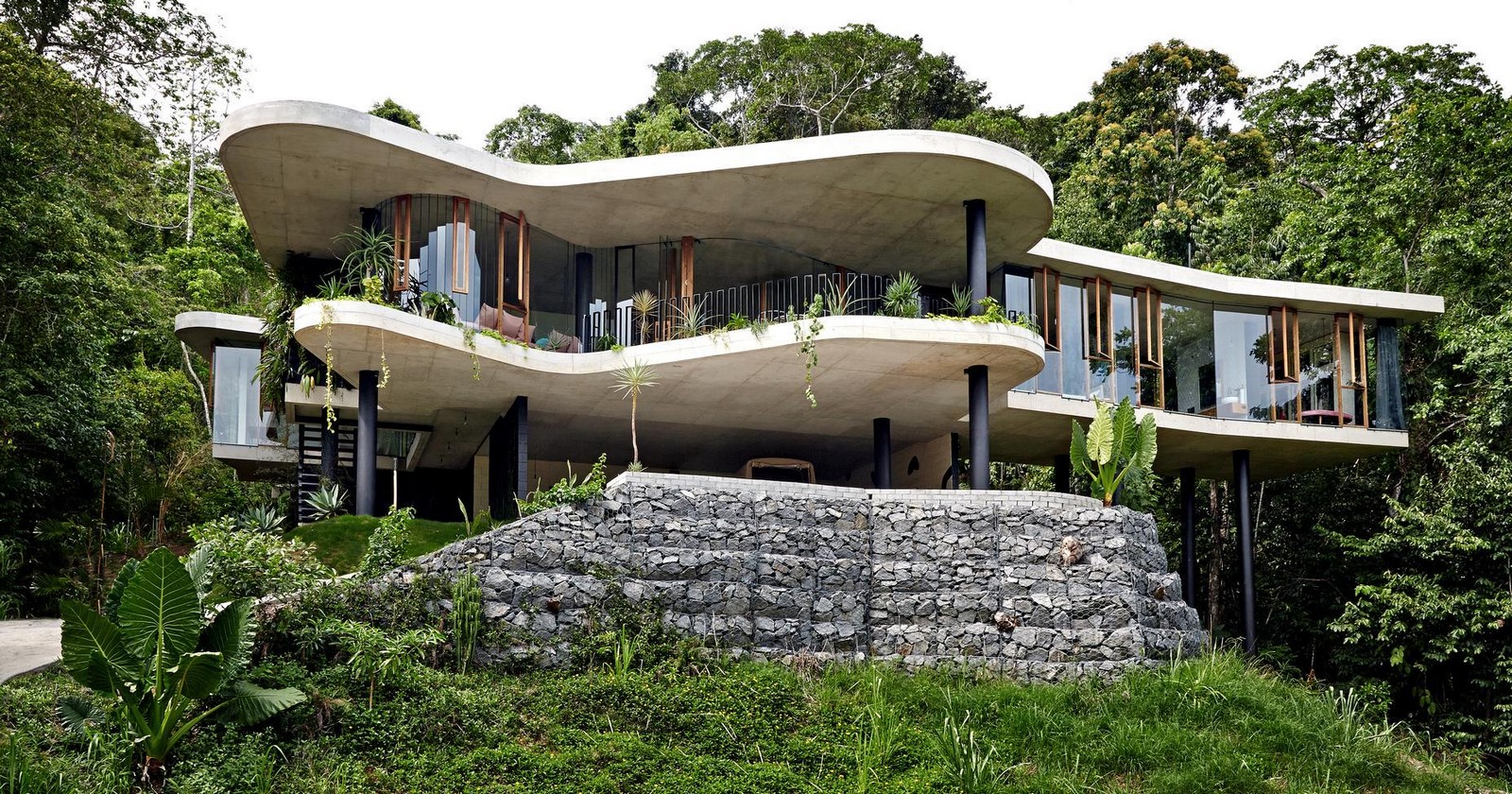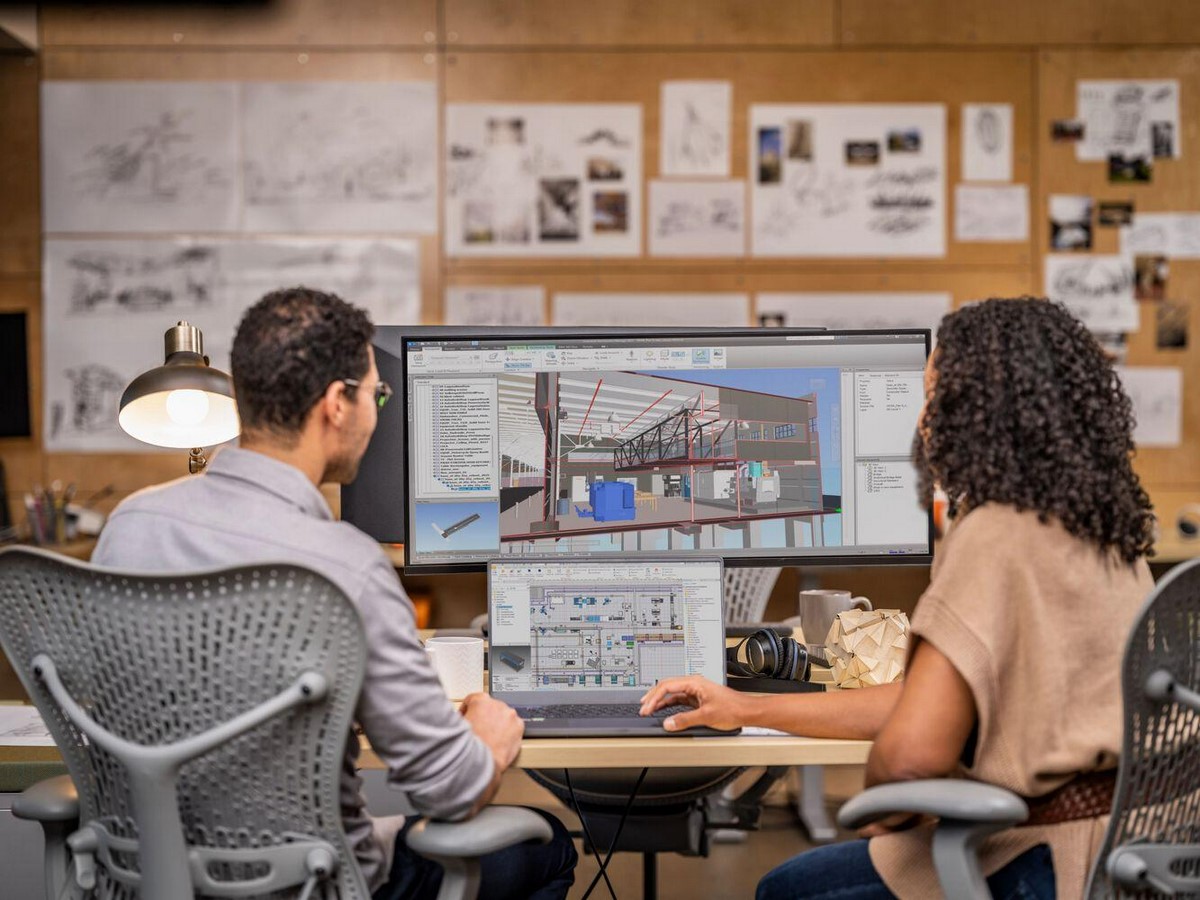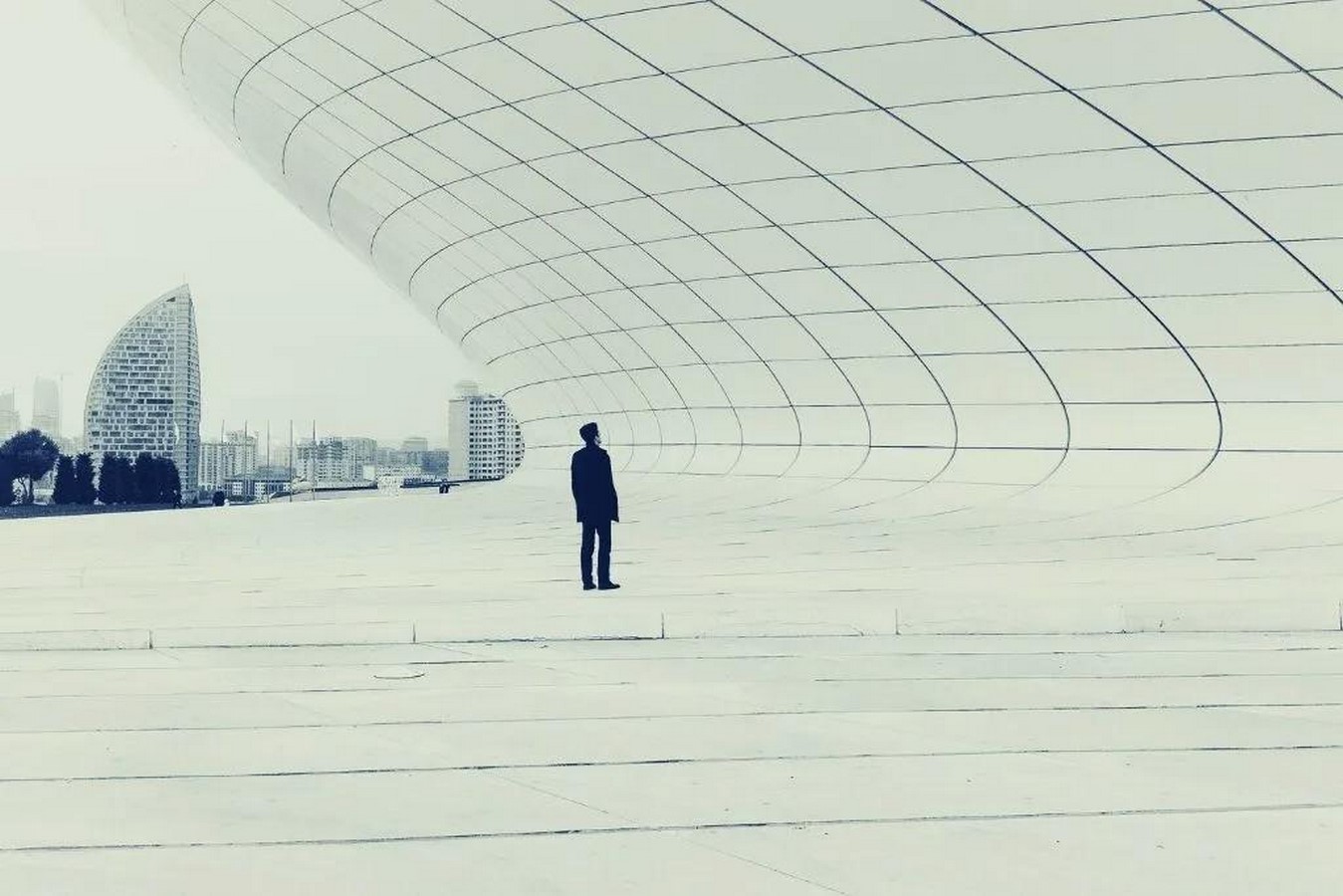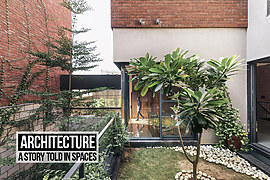Change is the only constant factor in our lives. Architecture has evolved since its birth in the ancient times. The paradigm shifts in architecture are evident in revivalistic tendencies that take inspiration from tradition, like sustainable practices and radical transformations, like de-constructivism or parametric architecture. The architectural community has focused on global issues to provide lasting solutions in today’s uncertain times. The architecture community has to take the onus on itself to deal with the current pressing issues – to accommodate the burgeoning population growth, to provide comfortable environments with less power consumption, deal with temperature rise beyond 2 degrees Celsius from the pre-industrial levels, climate change-induced vulnerability and changing global order.
Stress on Sustainable Architecture

Sustainable practices in Architecture have been gaining momentum as they are reflected in the construction techniques, building materials, design and resource use. These challenges in the construction field are tackled through innovation, modification and development of new habitats for the ever-expanding population. The overshoot of resources is kept under control by employing sustainable measures. According to the UN Environment Global Status Report 2017, building and construction account for more than 35% of global final energy use and nearly 40% of energy-related CO2 emissions. Hence, there is an indispensable need to switch to truly green practices and invest in critical futuristic infrastructure. Soil and water conservation, reducing the carbon footprint, passive cooling, climatology and ecology-based designs, etc, are some measures to be incorporated into the planning process.
Net Zero buildings are pointed to as the solution for dealing with this aspect of human footprint. Sustainability and resilience are not to be considered mere words that promote living in harmony with nature, the key lies in the realisation of this essence, through the application of the knowledge in the related fields.
Technology to Aid
Digitally conceptualised and constructed architecture is increasingly becoming a reality. By exploring the impact of computers on art and architecture within the framework of post-industrial digital technologies, we find that technology has the potential to create entirely new art forms and new experiences for us that can be thrilling, illuminating and fun.
Marks Novak commented, “Liquid architecture in cyberspace is an architecture which has no material. It is a type of architecture which changes with its abstract elements and has an inclination for music”.

Three-dimensional tools for visualisation can demonstrate the project idea and facilitate changes easily. Better visualisation of designs has enabled better communication with the clients and the designers. Realistic project imagery through virtual and augmented reality options is increasing in the construction industry.
3D printing involves a layer-by-layer additive manufacturing process using digital models to create customised three-dimensional objects with remarkable precision and efficiency, saving time, zero waste generation, labour cost reduction and opening avenues for rapid prototyping and iterative design. It enables architects to explore creative opportunities. Artificial intelligence to produce designs has immense scope to complement human intelligence, while it is also feared to replace humans in the long run. Therefore, leveraging technology in architecture has to be balanced with adequate human inputs to keep the profession afloat.
Technical sophistication could include multiple innovations in buildings that have to break the existing digital divide. Investments for future digital infrastructure mean investment in human resources. Empowering what man can do with technology and its branches, with an ethical mind can rope in the various stakeholders of the community and propose developmental projects. The future also depends on robust Public-Private-Partnerships, that would ensure funds and resource availability for maximum welfare.

People-centric and Personalised Design Solutions

Many Personalised Homes and people-centric approaches are coming up. Today, every property is unique, with elements based on individual style and preference. Tailored designs for customer use are on the rise. With technology, multiple prototypes are developed through which the users benefit the maximum by choosing the best suitable option. From personal needs to larger community-based interactions architecture contributes to manipulating the user experience. This leaves more room for being creative to architects, designers, contractors, 3D artists, engineers, etc. – even more so if we take into consideration the trend of smart homes that is still to explode and take the world by storm. In the world of customizations, Architecture for the future needs to fit rightly for specific geographical areas and specific purposes. This means getting vocal for local in this era of globalisation so that the traditional practices and usage of local materials are revived.
Architecture has always been an indispensable part of human lives as it has socially blended with the surroundings to the extent that it has defined the external material environment. The future of Architecture should thus be sustainable, resilient and digitally developed with innovative construction materials and techniques. But delving deeper into the current situation, instead of extravagance, the need of the hour is to unequivocally secure the future with positive reinforcements that curb the destructive practices on an individual level.
Citations
Dogan, R. (2023) Architecture in the 21st Century: Highlights between 2000-2023, Parametric Architecture. Available at: https://parametric-architecture.com/architecture-in-the-21st-century-architectural-highlights-between-2000-2023/ (Accessed: 16 October 2023).
How has architecture changed in the past two decades? (no date) Available at: https://www.easyrender.com/a/how-architecture-has-changed-in-the-past-two-decades (Accessed: 16 October 2023).
Lomholt, I. (2023) Have Architecture trends changed over time? – e-architect, e. Available at: https://www.e-architect.com/articles/have-architecture-trends-changed-over-time?expand_article=1 (Accessed: 16 October 2023).






















